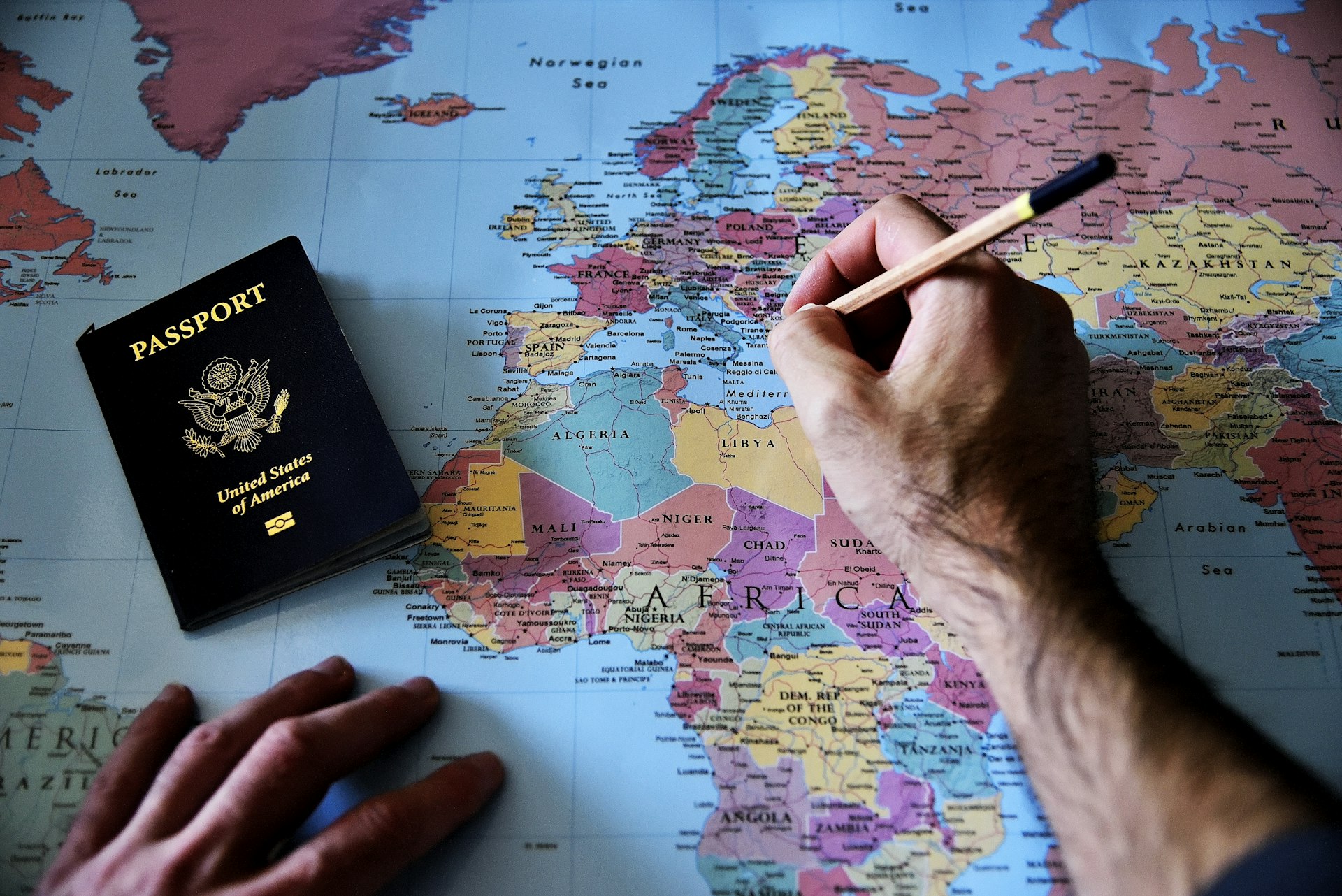Unlocking Tourism Growth: The Transformative Impact of Visa-Free Agreements


Photo by Gonzalo Gutierrez on Unsplash
Introduction
Visa-free travel agreements have become a pivotal strategy for many countries seeking to stimulate tourism growth and foster economic development. By lowering entry barriers for international travelers, these policies can transform a destination’s tourism sector, generating increased foreign exchange and supporting local businesses. However, the effects of visa-free agreements are multifaceted, and successful implementation requires careful planning and adaptation to challenges. This article examines the mechanisms, real-world outcomes, and actionable steps for leveraging visa-free agreements to maximize tourism growth.
How Visa-Free Agreements Drive Tourism Growth
When nations remove visa requirements for certain foreign visitors, they effectively lower the cost and complexity of travel. This reduction in administrative hurdles encourages more people to visit, resulting in higher inbound tourism numbers. According to research by the Asia-Pacific Peace Institute, countries that adopt less restrictive visa policies experience compound annual growth rates in tourism between 4.5% and 20%, depending on market maturity and supporting infrastructure [1] .
For instance, Georgia introduced visa-free travel for citizens of 98 countries in 2018, leading to a 19% increase in international arrivals and tourism contributing 8.4% to its GDP [2] . Similarly, China’s relaxation of visa requirements resulted in nearly 20.12 million inbound trips by foreigners in one year-a 112% increase compared to the previous year [3] .
Key Benefits
Visa-free agreements typically lead to:
- Increased tourist arrivals , boosting hotel occupancy, transport usage, and retail sales.
- Higher tourism revenue , supporting local economies and creating jobs.
- Expanded business opportunities through easier cross-border travel for entrepreneurs and investors.
- Enhanced international cooperation and improved country image.
Case Studies: Real-World Impact
Georgia
After implementing visa-free entry for 98 countries, Georgia witnessed a dramatic surge in inbound tourists. The country’s tourism sector not only grew by 19% in international arrivals between 2018 and 2019 but also began contributing a significant portion to national GDP [2] . This influx supported the hospitality industry and related sectors, while also raising foreign exchange earnings.

Photo by mana5280 on Unsplash
China
China’s expanded visa-free regime resulted in 20.12 million inbound visa-free trips in the previous year, with border crossings by foreign nationals rising by 82.9% [3] . The policy also stimulated the aviation sector, prompting airlines to launch 18 new direct flight routes between Malaysia and China, among other countries. Experts note that such measures not only attract tourists but also signal a country’s commitment to openness and global connectivity.
Serbia
Serbia’s decision to allow visa-free entry for Chinese nationals in 2017 led to exponential growth in tourism from China. The country welcomed 145,000 Chinese tourists in 2019, up from just 10,000 a few years earlier [2] . However, the rapid surge exposed infrastructure limitations, prompting the government to reconsider aspects of its policy to better manage tourist flows.
Implementation: Steps to Maximize Sustainable Tourism Growth
For destinations considering visa-free agreements, successful outcomes depend on more than just policy changes. Here’s a step-by-step guide to effective implementation:
- Assess Market Potential: Use tourism data and market research to identify target countries where visa-free policies will have the largest impact.
- Coordinate Across Agencies: Involve immigration authorities, tourism boards, and infrastructure providers in planning and execution.
- Upgrade Infrastructure: Invest in transportation, accommodation, and visitor services to accommodate increased arrivals. For example, after China’s visa-free expansion, the aviation sector added new flight routes [3] .
- Launch Targeted Marketing: Promote the visa-free policy through digital campaigns, travel fairs, and partnerships with foreign tour operators.
- Monitor and Adapt: Track visitor numbers, satisfaction levels, and economic impact. Be prepared to adjust policies to manage overcrowding or environmental concerns.
If you are a tourism official or business leader, you can begin by contacting your country’s Ministry of Tourism or Immigration Agency for guidance on upcoming visa-free agreements. Consider joining industry associations and attending international tourism expos to stay informed.
Challenges and Solutions
While visa-free agreements unlock new tourism markets, they can also strain local resources and infrastructure. For example, Serbia’s rapid increase in visitors led to capacity issues in accommodation and transport [2] . To mitigate such challenges:
- Invest in scalable infrastructure and sustainable tourism management.
- Implement visitor quotas or seasonal adjustments if necessary.
- Promote responsible tourism to minimize environmental impact.
Countries may also consider alternative approaches, such as:
- Introducing visa-on-arrival or e-visa systems for controlled access.
- Offering selective visa exemptions based on reciprocal agreements or market readiness.
How to Access Opportunities Created by Visa-Free Agreements
If you are a traveler, you can take advantage of new visa-free policies by:
- Checking the official immigration or tourism website of your destination country for the latest entry requirements and eligible nationalities.
- Consulting with licensed travel agencies familiar with visa policies and travel advisories.
- Reviewing airline and hotel promotions targeting visa-free travelers.
For businesses, opportunities may include investing in tourism infrastructure, launching new travel services, or partnering with international agencies to capture inbound demand. Stay updated by subscribing to newsletters from your country’s Ministry of Tourism or participating in international travel forums.
Key Takeaways
Visa-free travel agreements have a proven track record of boosting tourism numbers and supporting economic growth. The most successful cases combine policy relaxation with robust infrastructure, strategic marketing, and ongoing adaptation to challenges. While growth can be rapid, destinations must balance increased arrivals with sustainability and quality visitor experiences. For travelers and tourism businesses, staying informed about new agreements opens doors to exciting opportunities in a more connected world.






